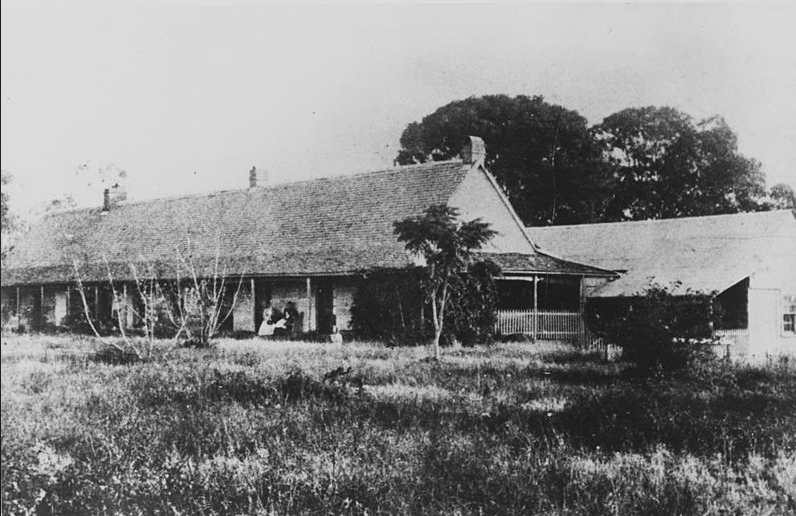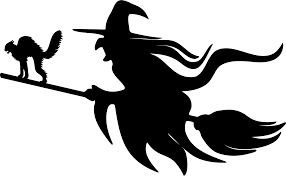I have been in the Paranormal industry since i can remember. There is not many Historical buildings, houses or sites I haven't investigated including Wolston House, Woodlands at Marburg, The Plough Inn, Whepstead Manor previously known as Fernbourne, Boggo Road Gaol also many homes and historical sites and Cemeteries. Cemeteries are a sacred place and should always be respected not only of the site itself but the residents who reside in the location or cemetery. It is always recommended that you go on a tour before you visit the cemetery to get to know the history and true understanding of the religious and historical value and significance of the individual graves.

Wolston House comprises the homestead and garden from the Wolston Estate, a large pastoral property originally established by Dr Stephen Simpson in 1852 and extended during the 1860s by Matthew Goggs. Dr Stephen Simpson was appointed Commissioner for Crown Lands for the Moreton Bay District in 1842 when the area was first opened up for free settlement following the closure of the penal colony. He was a cultured man, a doctor of medicine, a Justice of the Peace, a Police Magistrate and a member of the first Legislative Council of Queensland following Separation from New South Wales. His first home in the colony was at Woogaroo, situated between Brisbane and Ipswich on what was to become the site of the Wolston Park Hospital. In 1851, when the opportunity to buy land in the area arose, he purchased 640 acres to the east of his first house on land overlooking the Brisbane River. The new property, which included stockyard, stables, outbuildings and a house and garden, was laid out by surveyor William Pettigrew in 1852. The garden was planned with care. Pettigrew recorded planting fruit trees there in his diary and Simpson was known for his interest in plants and gardening. It is possible that the fig trees at Wolston were planted by Simpson. The house that Simpson lived in was much smaller than the homestead that now exists. He had arrived in Brisbane as a recent widower and lived simply, so that a large or formal dwelling would have been unnecessary to him. He constructed a two room brick cottage over a sandstone basement. The house was shingled and had a detached kitchen. This cottage now forms the core of the house. The existing sandstone kitchen which adjoins this section may have been added by Simpson before he sold the house in 1860 or it may have been added by Goggs.When his wife and child died, Simpson had designated his nephew, John Ommaney, for whom Mount Ommaney is named, as his heir. In 1856 the young man was killed in a riding accident. This may have affected Simpson's commitment to remaining in the colony and a few years later, he put the Wolston estate up for sale and returned to England. According to the auction notice which appeared in the Moreton Bay Courier of 3 January 1860 the estate was by then well established with 2,000 acres of fenced land, an extensive garden and orchards and 250 head of horses and 400 of cattle. Wolston was purchased by Matthew Buscall Goggs in October 1860. He continued to operate the estate as a cattle and horse breeding station and extended the holding to 100,000 acres. Goggs, who was a farmer's son, had emigrated to Australia in 1841 and took up land at Chinchilla with his first wife. He purchased Wolston following his second marriage to Anne Gedge and they had a family of ten children. Goggs built a sandstone extension to the house in the 1860s to accommodate the needs of his family and in the 1870s a cedar annexe was added containing children's bedrooms. Goggs died in 1882 and was buried in a mausoleum which he had had built in the grounds of the estate. This was damaged in the 1893 floods and the bodies of Goggs and two infants were reburied at Toowong cemetery.Following Gogg's death, his eldest son, also named Matthew Buscall, ran the estate until around 1890 when he moved to Brisbane. A Mr Thomas Matthews is recorded in Post Office Directories as having lived at Wolston between 1890 to 1893 and may have leased the property from the Goggs family. Over the years the family had bought and sold land and by 1907 the Wolston property had been reduced to 650 acres of land around Wolston House.In 1907 the Grindle family purchased the property. They built it up and operated a successful dairy, milking 120 cows a day and selling the milk to Brisbane. They covered the shingle roof with corrugated iron and rationalised the spacing of the verandah posts which had previously been irregularly spaced, reflecting the stages in which the house was extended.In 1956 the estate was purchased by Robert Hurley. By this time the property had become run down and the house was inhabited by three elderly Grindle brothers who were no longer able to run the property. At the time this consisted of 117 acres of freehold land in poor condition. The Hurleys built up the property again establishing an intensive dairying business.In 1960 the Department of Agriculture and Stock resumed the property to establish a tick research centre. They demolished the farm outbuildings and intended to demolish the homestead also, however this was saved following an intensive campaign by the Women's Historical Society, the Historical Society and the newly formed National Trust of Queensland. In 1965, the house was transferred to the National Trust and became their first property. Sir Raphael Cilento, who was to become the second president of the Trust between 1966 and 1971, and the architect Karl Langer, were prominent in the acquisition of the homestead and in its interpretation.This interpretation rested on the occupation of the property by Dr Stephen Simpson and so it was decided to demolish the timber section at the rear, which was clearly of a later period. When acquired by the Trust, the house was in poor condition. Along with urgent repairs, extensive reconstruction was also carried out. While reflecting the philosophies of the early 1960s, this approach is not acceptable today. Current conservation philosophy, in line with the recommendations of the Burra Charter, favours minimal intervention and interpretation embraces the whole life of the house and its setting. Wolston House has now been owned by the Trust for over thirty years, and is still open to the public as a museum, so that the effects of changes in conservation philosophies and methods over this period can be studied.
Location
- Licence
